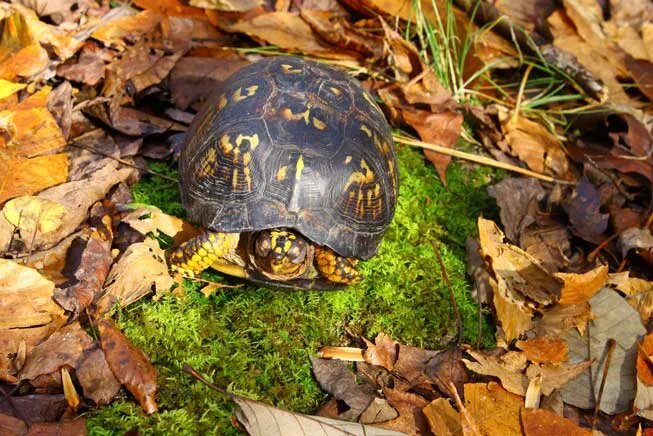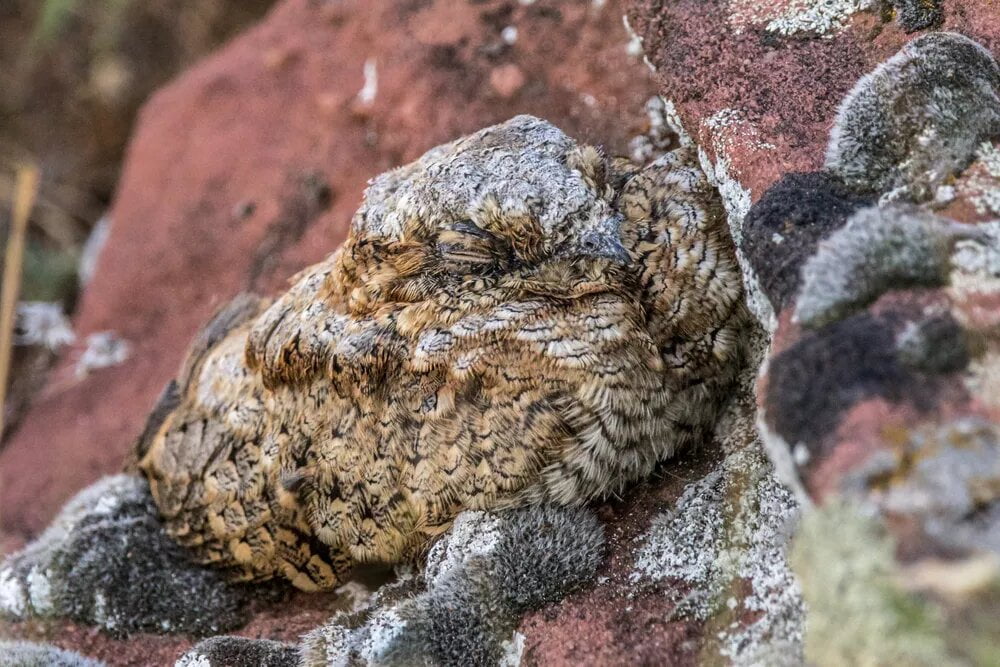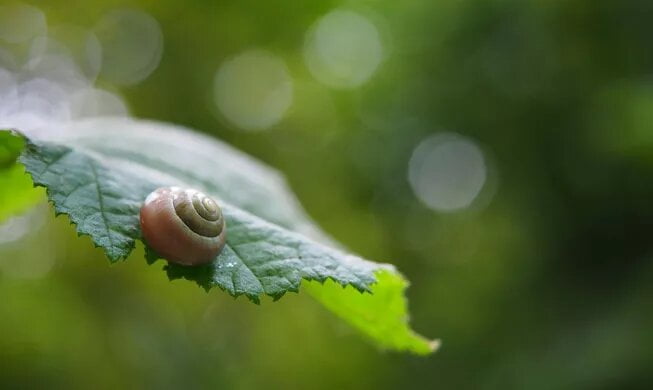Here’re the Animals Other than Bears that Hibernate
Hibernation is an extraordinary physiological act required for the survival of animals. Bears are the most hibernating species but are not the only ones. Turtles, snakes, wood frogs and soil-hogs are other animals that take part in hibernation in some way. See some of the creatures below that hide before the spring comes.
Groundhogs

In custom, groundhogs (or woodchucks, as they too are known), used to forecast the season, are true hibernators. The wintertime will take up to five months, and a groundhog can lose a quarter of its body weight during that time. During hibernation, their cardiac rhythms range from 80 to 100 beats per minute up to 5 to 10, their body temperature drops from 99 to 37 and the breathing significantly decreases from 16 to just two breaths per minute.
Flat-Tailed Dwarf Lemur

The fat-tailed dwarf lemur seems to be the only primate known to be engaged for a long time in a combination hibernation and torporous environment. Endemic to Madagascar, where water is scarce, the fat-tailed dwarf lemur hibernates in the dry season. Nightly by default, fat-tailed dwarf lemurs often experience warming and elevated heart rate through hibernation.
Hedgehogs

Toward the close of autumn, hedgehogs reach a state of torpor. In planning, they are searching for the right places to build their nests, usually in a large stack of leaves or under old buildings or hangings. Hedgehogs seem to awaken during hibernation, as many as every two to four days, or as occasionally as once a month. When Igel wakes up after the torpor, it will shift to a new nest.
Box Turtles

Turtles as reptiles are endothermic, which means that they can’t generate their own body heat and get heat from the environment. To conserve energy, turtles must Brumble as temperatures begin to decrease. Like hibernation, bruising is a period of inactivity in winter, but it doesn’t require sleep, unlike hibernation. It ranges from one tortoise to the next, but box turtles usually dig a pleasant hole and brumate for three to four months.
Common Poorwill

The famous poorwill is regarded as the first known hibernating duck. Reduced food supplies and severe temperatures hibernate the torpor. If other birds migrate or join short torpedoes such as hummingbirds, the poorwill will be torpid for many months. The bird has a decreased rate of respiration, lower temperature and slower blood pressure during torpor.
Skunks

Skunks are not real hibernators, but they could reach a state of torpor like hedgehogs. Skunks have longer torpor cycles, lasting many months in the northern regions; the duration of the dormitory is much shorter in the southern regions. In a torpid period, skunks spend more time in their dens, often searching for food. It, therefore, respires slower and has a lower temperature and pulse rate.
Wood Frogs

If it’s late winter or early spring when you see a frog that just not moving, it may be a hibernating wood frog. Over winter the heart of the wood frog ceases beating and 35 to 45 percent of its body is frozen. Wood frogs often go through a freeze and thaw cycle many times during the season. The frogs thaw in the spring and resume the feeding and mating process again.
Bumblebees

Not all bees are hibernating, but Bumblebees. The bumblebee life cycle starts with the Queen Bumblebee emerging from her underground winter hibernation in the spring. The queen lays first broods of working bees, then new queens and male bees. The old queen and the working bees die at the end of the cycle. The new queens eat extensively, dig underground spots and the cycle starts again.
Snails

Not all snails are hibernating, so it’s a fascinating process when they do. Snails always hibernate in extreme weather: when the weather is hot, when it is known as estivation and when the weather is cold. Since they come fitted with a built-in hibernation place, they are prepared for all weather conditions. During hibernation and estivation snails may use mucus to cover their shells and shield themselves from the environment. Snails will hibernate over many months, depending on the species.
Snakes

Almost all snakes would have a form of brumation, although the dormancy period depends on the area. For example, a snake can hibernate for months in Minnesota, but just a few weeks will go to Southern Texas. Snakes take their hints from their habitat and realize the winter is coming as daylight hours get shorter. During brumation, snakes undergo periods of alertness as they go outdoors to hydrate.
